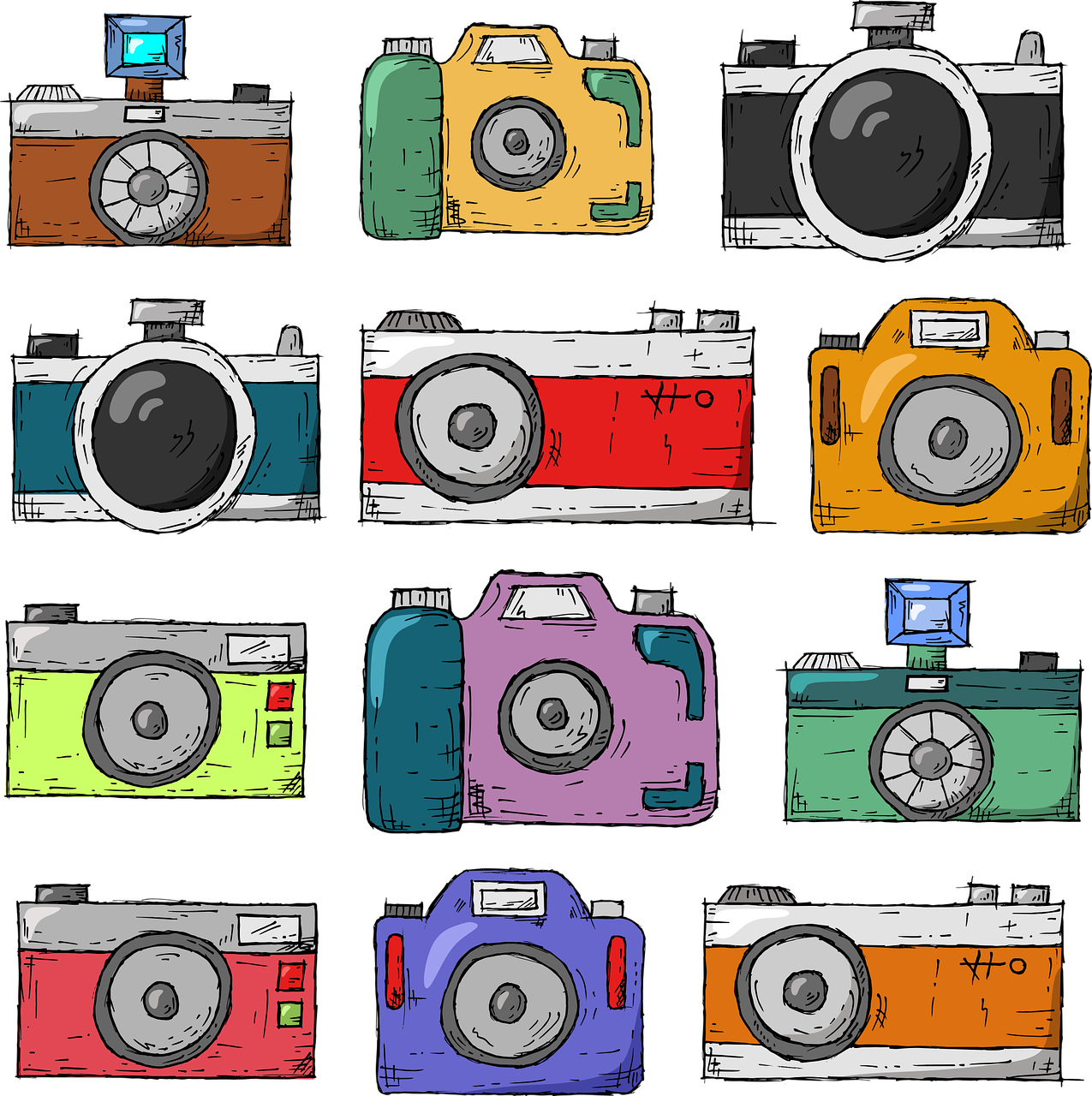The type of shutter should be chosen based on the task the camera is trying to accomplish. The shutter prevents light from reaching the camera’s sensor and only opens for the duration of the exposure. The difference between a global shutter and a sliding shutter is how they provide the exposure.
Direction of motion.
The global shutter opens fully to allow light to reach the entire surface of the sensor. It would be the best choice in areas where you want to shoot fast-moving subjects.
The sliding shutter ensures a line-by-line exposure of the sensor. Depending on the exposure time set, it may cause distortions in the image if the subject moves while the shutter is open – the so called “floating shutter effect”. But, as a rule, cameras with sliding shutter are cheaper.
Thus, it makes more sense to use a global shutter for moving objects, and a sliding shutter for static objects.
What is the difference between interfaces?
The interface is the link between the camera and the calculator, which is responsible for the image processing (with the help of software). In order to choose the right interface for a specific machine vision system, an optimal combination of performance, cost and cable length has to be chosen.
Depending on existing requirements, GigE, USB 3.0, or Camera Link can be selected, whichever offers the best set of features for fast, reliable and secure transfer of images from the camera to the computer.
FireWire and USB 2.0 are aging technologies which, due to their limitations, are no longer recommended for today’s imaging systems.
GigE is currently the most common interface. It allows data to be transferred over long distances (up to 100 m) at high speeds, without loss.
Machine vision cameras also differ in appearance, size, types of connectors and bayonet. When using the camera outdoors or in dusty industrial environments, pay attention to the protection rating. For example, an IP67 rating means that the device is completely dustproof and protected against partial or brief immersion in water. In other words, it prevents the penetration of water in dangerous quantities if the camera is submerged in water for a certain time at a certain pressure. The industrial version makes the chamber more expensive, but more versatile. This is important if you plan to use it in production, outdoors or in dusty areas without additional covers. Also, for embedded systems the dimensions and weight of the camera are especially important, for such tasks specially designed housingless camera modules.
Bayonet is a type of lens mount. C-mount, CS-mount and S-mount are widespread. Be sure to check the compatibility of the lens and camera.
In addition, there are special cameras for specialized tasks, such as HDR or polarizing cameras.
To recap
As a result of reading this article, you should have formed a rough list of requirements for your future camera:
Type of camera (matrix or linear);
Image type (monochrome, color, multispectral or hyperspectral);
Image resolution;
Frame rate and exposure;
Shutter type (global or sliding);
Camera interface.
Protection class (IP7) and industrial design.
Based on this information, you can use the filter in the catalog to determine which cameras are suitable for your application.
